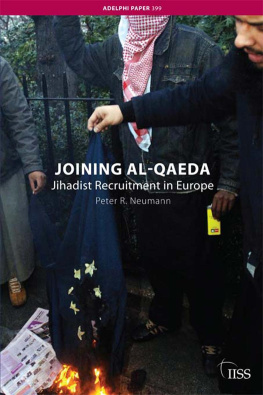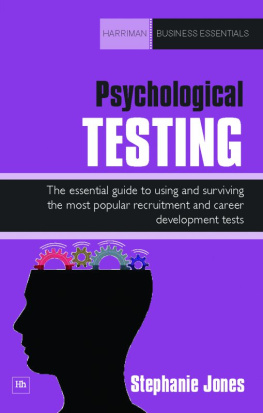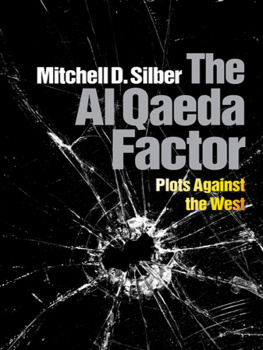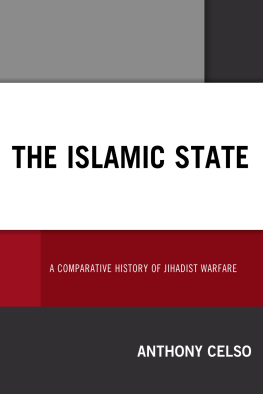The International Institute for Strategic Studies
Arundel House | 1315 Arundel Street | Temple Place | London | WC2R 3DX | UK
ADELPHI PAPER 399
First published December 2008 by Routledge
4 Park Square, Milton Park, Abingdon, Oxon, OX14 4RN
for The International Institute for Strategic Studies
Arundel House, 1315 Arundel Street, Temple Place, London, WC2R 3DX, UK
www.iiss.org
Simultaneously published in the USA and Canada by Routledge
711 Third Ave., New York, NY 10017
Routledge is an imprint of Taylor & Francis, an informa Business
2008 The International Institute for Strategic Studies
DIRECTOR-GENERAL AND CHIEF EXECUTIVE John Chipman
EDITOR Tim Huxley
EDITORIAL Ayse Abdullah, Katharine Fletcher
COPY EDITOR Jill Dobson
PRODUCTION John Buck
COVER IMAGE Stefan Rousseau/PA
All rights reserved. No part of this book may be reprinted or reproduced or utilised in any form or by any electronic, mechanical, or other means, now known or hereafter invented, including photocopying and recording, or in any information storage or retrieval system, without permission in writing from the publishers.
British Library Cataloguing in Publication Data
A catalogue record for this book is available from the British Library
Library of Congress Cataloging in Publication Data
A catalogue record for this book is available from the Library of Congress
ISBN 978-0-415-54731-4
ISSN 0567-932X
INTRODUCTION
In late November 2006, Eliza Manningham-Buller, the director general of the British Security Service more commonly known as MI5 gave a public speech in which she warned of the continuing threat from home-grown terrorism. She said that her service knew of 1,600 individuals in the United Kingdom who were part of Islamist militant structures. What neither of the two directors general told their audience was how these structures had arisen and how they had come to be populated with such significant numbers of people.
The question of how individuals move from political extremism to being actively engaged in violent and/or terrorist groups is one of the least understood issues in the debate about terrorism and counter-terrorism. Hundreds of scholarly papers have attempted to explain people's drift into political extremism (that is, their radicalisation), but little is known about the ways in which once radicalised individuals become members of groups that support and/or engage in violence. There are dozens of theories concerning what causes radicalisation, but there is no fully developed theory of terrorist recruitment, nor has there been any attempt to develop a conceptual framework examining the issue more systematically.
In the absence of a coherent body of serious analytical work, crude ideas and muddled thinking continue to hold sway. Yet, if recruitment is to A substantial part of the field work was carried out by a team of collaborators especially Luiz Martinez at Sciences Po in Paris, Rogelio Alonso at the University King Juan Carlos in Madrid, and Brooke Rogers at King's College London whose contributions will be acknowledged where appropriate. Needless to say, the analysis and the conclusions that are contained in this paper reflect the author's views, not those of the European Commission or any of the collaborators who participated in the research.
focuses on the Internet as a new environment in which radicalisation and recruitment take place. The conclusion sets out some recommendations which follow from the analysis provided in the main part of the paper and may help policymakers in thinking about possible counter-strategies.
Concepts and terminology
What is recruitment, and how does it relate to radicalisation? Although the two terms denote distinct phenomena, they are often used in conjunction and little effort is made to distinguish between them. Radicalisation is about the change in attitude that may lead individuals to embrace extra-constitutional methods of bringing about political change, including ultimately the use of violence.
In practice, of course, it is neither useful nor feasible to view the two concepts separately. Many elements of the recruitment process cannot be understood without reflecting on individuals pathways into radicalisation. Hence, whilst keeping in mind that radicalisation and recruitment can be thought of as entirely separate, it will be necessary to adopt a second, broader frame that contextualises the process of joining a violent group. Recruitment alongside grievance and ideology constitutes one of the three elements around which most of the existing models of radicalisation revolve. Indeed, it is the interplay between mobilisation, grievances and ideology that is critical to understanding how processes of recruitment unfold.
How, then, should recruitment be defined? In the popular understanding, the process of recruitment is a top-down activity led by an organisation that seeks to attract new members. Even some of the more recent studies of terrorist recruitment reflect this interpretation. In a 2002 report, for example, the Dutch domestic intelligence service defined recruitment as the process whereby individuals are spotted monitored and manipulated with the final purpose of having these people participate in the jihad. Whether Islamist militant recruitment in Europe is top-down or bottom-up is one of the questions this paper hopes to investigate. It will be important, therefore, to keep an open mind and define recruitment in the broadest possible terms, that is, as the process through which individuals join entities engaged in violent extremism.
In the absence of a consensus, it makes sense to qualify the concept where necessary by adding the appropriate adjective, that is, violent extremism or ideological extremism.
The type of violence which this paper is mostly concerned with is terrorism. Terrorism, of course, may well be the most contested word in the contemporary political vocabulary. This definition is by no means perfect, but for the purposes of this paper, which focuses not primarily on the violent manifestations of terrorism but rather the structures that are used to facilitate it it seems acceptable.
Finally, what is meant by Islamist militancy? Any observer of the debate about terrorism and counter-terrorism in the post-11 September 2001 era will know that it is nearly impossible to describe the movement that has been responsible for the terrorist attacks in Washington and New York as well as those in Madrid and London with accuracy and without causing offence by joining together Islam and terrorism and/or militancy. doing so raises as many questions as it answers.
Note on methodology
Before delving into the substance, it may be useful to comment briefly on how this study was carried out. The research was carried out mostly in 2007, and the final report was released in October 2008. In part, the research involved extensively reviewing the literature related to recruitment, radicalisation and violent extremism. The project also evaluated policy reports by governments and independent researchers, and other publicly available materials, including news reports.
However, the most important and original part of the research derived from nearly 40 semi-structured interviews with individuals in France, Spain and the United Kingdom. Interviewees were drawn from three target populations: law-enforcement and intelligence officials who were dealing with violent extremism and radicalisation; community leaders such as imams and youth workers with experience of extremist recruitment; and radicals and former radicals who were members of, or close to, networks that approved of or facilitated violent extremism.











